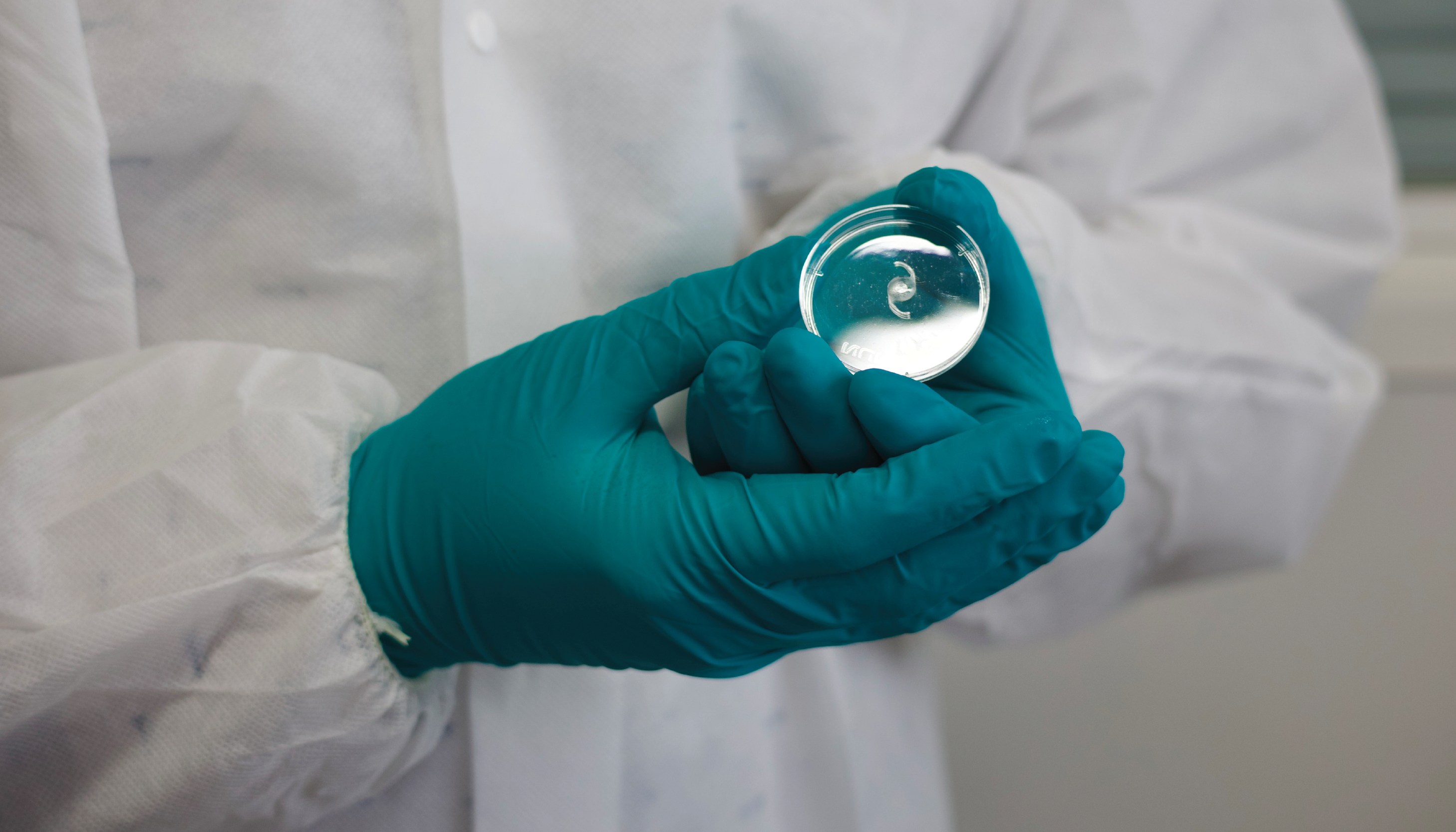
Credit: Aram Saeed
Researchers from the University of East Anglia, UK, have introduced a 3D printing system and resin that they hope could help improve the manufacture of intraocular lenses (IOLs) for cataract and refractive surgeries worldwide.
“Though current intraocular lenses (IOLs) are of high quality and effective in restoring vision, each eye is unique in its anatomical structure and biometric measurements,” says Aram Saeed, study author and Associate Professor of Healthcare Technologies at the University of East Anglia. “[Our work] aimed to bring material innovation to match the design advancements, ultimately enhancing patient outcomes.”
Over the years, IOLs have been made from a variety of materials, including glass and silicone. Yet, despite various advances in imaging and biometric measurements, the area hasn't progressed all that much since the introduction of acrylic materials in the 1950s, according to Saeed.
Current methods of manufacturing IOLs still rely on lathing and molding techniques. And though these methods produce high-optical quality devices, they have inherent limitations – particularly in terms of design complexity and customization. The traditional manufacturing processes of IOLs do not easily allow for rapid prototyping or the production of lenses tailored to individual patient specifications.
“3D printing can significantly enhance the traditional manufacturing process for IOLs by enabling greater customization and complexity in design,” Saeed says. To give an example, it allows for the production of multiple lens designs on one printer simultaneously. It also facilitates “rapid prototyping and the creation of lenses tailored to each patient's eye shape and vision needs, potentially improving vision correction and comfort.” As parallel industries have shown, 3D printing technology might even reduce production costs, making lenses more affordable and accessible – especially in underserved areas.
Saeed added that the University of East Anglia system could enable the customization of lenses to match individual patient specifications and multiple lens designs to be printed simultaneously on one printer. In the future, the process could even be combined with advanced imaging technologies to produce lenses that fit patients' eyes optimally, reducing the need for adjustments or complications after surgery.
